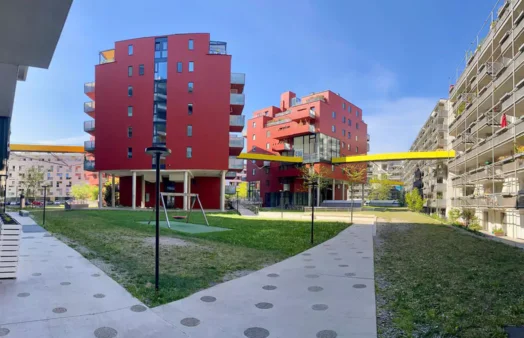25 October 2012
Canberra Times | 25 October 2012
The West Belconnen Health Co-operative is cited as a success story in a study to be published today on the role of mutually owned co-ops.
The study is said to be the first analysis of its kind that maps the size and scope of co-ops in Australia.
Its survey of perceptions found that despite 79 per cent of people being members of a co-op, such as NRMA, only three in 10 could name a co-operative or mutually owned enterprise.
Only 16 per cent of Australians surveyed believed they were a member of one.
It says co-operatives are already saving members money.
Authors Richard Denniss and David Baker say the West Belconnen Health Co-operative came into being due to concerns there was not one practising GP across six suburbs on Canberra’s rapidly growing northern fringe.
A group of residents surveyed 8000 households before deciding to form a co-op.
With government funding, the co-op opened in January 2010 with one doctor providing GP services to the local community.
Within two years, the practice grew to employ 10 doctors across three sites servicing 12,000 families.
Membership of the health co-op is open to people who pay the annual fee – $66 for families, $33 for singles – and they are provided with unlimited free medical consultations.
The study found eight in every 10 Australians were members of a co-operatively owned, or mutually owned enterprise.
”The widespread community reliance on co-ops and mutual organisations suggests that these enterprises have significant advantages over their for-profit rivals,” the report says.
”In relation to home mortgages, for example, members of mutually owned banks, credit unions and building societies are estimated to save an average of 0.4 per cent on their mortgage interest rate which, for an average loan, generates savings of $76,417 over the life of the loan and reduces the repayment period by three years.
”Despite the widespread membership of co-ops, and the size and economic significance of the sector, community awareness of the sector runs far behind community reliance on the sector.”
Read Study shows co-op sector’s strength, despite a low profile, Canberra Times
Photo: Dr Rupert Lui at the West Belconnen Health Co-op, which has proved a success. Source: Melissa Adams


